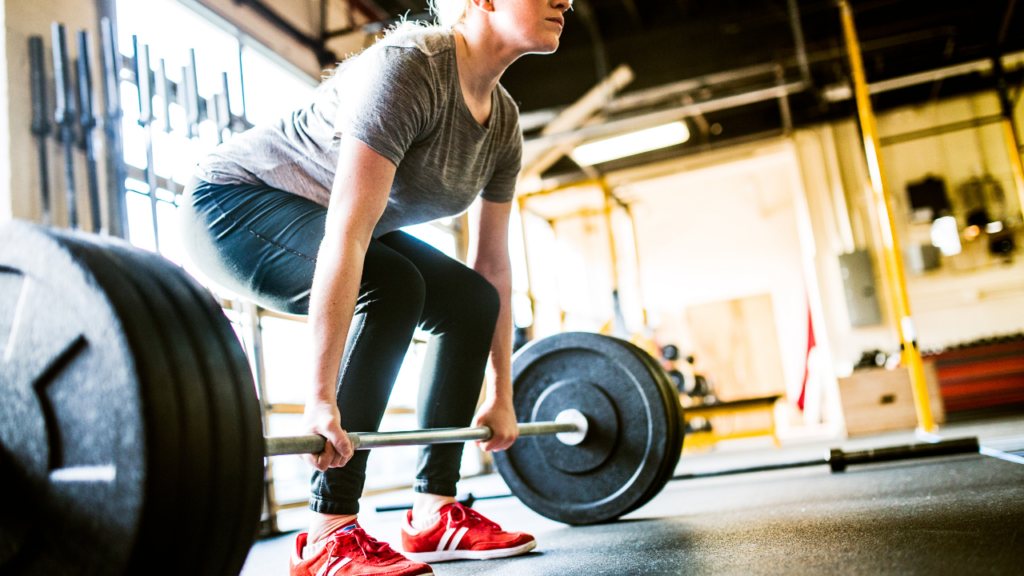How to Get Started Lifting Weights- 5 Tips for New Athletes

Lifting weights as a woman is not only about how you look in a bathing suit, it’s literally life saving as you age.
Studies show maintaining muscle mass during perimenopause, into menopause, and post helps improve and preserve bone density, helps manage fasting blood glucose levels, and helps prevent falls!
Here are five tips to help you get started:
- Set Clear Goals: Determine what you want to achieve through weightlifting. Do you want to increase strength, build muscle, improve overall fitness, or enhance athletic performance? Setting specific goals will help you stay motivated and track your progress.
- Spend Some Time Learning: You can achieve this by reading books, watching instructional videos, or even hiring a personal trainer for a few sessions. Knowledge about correct form will not only maximize your results but also help prevent injuries AND provide you confidence when you begin!
- Sit Down and Make A Plan For When You’ll Train: Aim for at least two to three strength training sessions per week, allowing for recovery days in between. Consistency is key to see progress. Include a variety of exercises targeting different muscle groups, ensuring a balanced and well-rounded workout routine.
- Start with a Beginner’s Program: As a beginner, it’s best to start with a structured program designed for novices. Look for programs that focus on compound exercises (exercises that work multiple muscle groups simultaneously) such as squats, deadlifts, bench press, and overhead press. These exercises will provide a solid foundation for your strength training routine.
- Focus on Progressive Overload: To continually make progress, incorporate the principle of progressive overload into your training. This means gradually increasing the intensity, volume, or difficulty of your workouts over time. This could involve adding more weight, performing additional repetitions, or decreasing rest time between sets. Progressive overload stimulates muscle growth and ensures you continue to make strength gains.
- Prioritize Recovery and Nutrition: Don’t underestimate the importance of recovery and eating enough. Strength training places stress on your muscles and connective tissues, and they need time to repair and grow stronger. Make sure to include rest days in your training schedule and prioritize sleep (7-8 hours ladies!) and nutrition (ESPECIALLY protein!) to support your recovery. Additionally, incorporating activities such as stretching, foam rolling, and active recovery days will help with muscle soreness (and recovery is where the gains happen!).
Remember, consistency is key when it comes to weightlifting. Stick to your training program, be patient with your progress, and celebrate your achievements along the way. Enjoy the journey and the empowerment that comes with building strength!
Ready to begin your journey? Check out our Strength Program!




